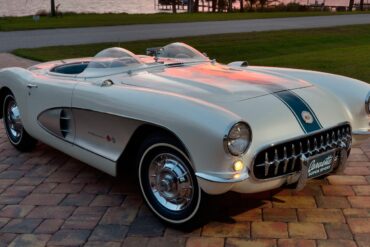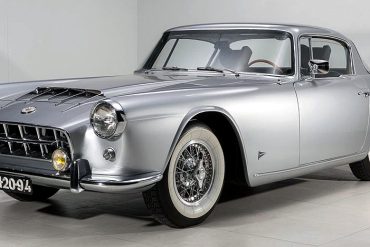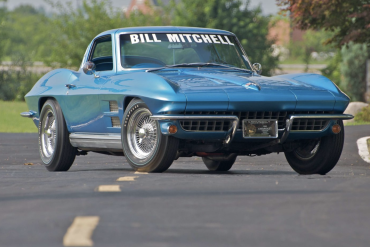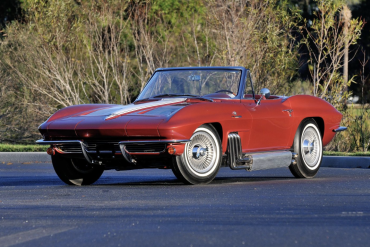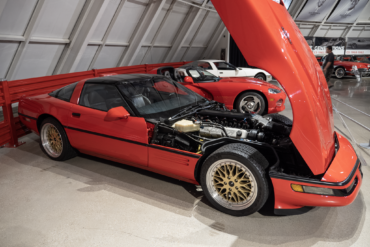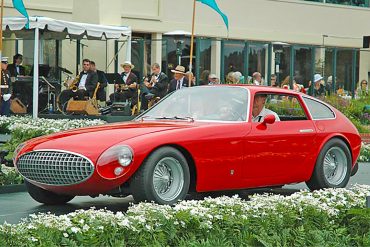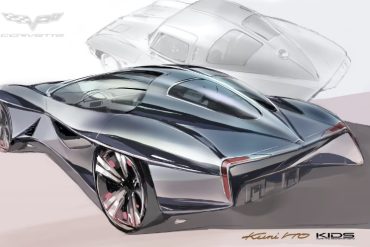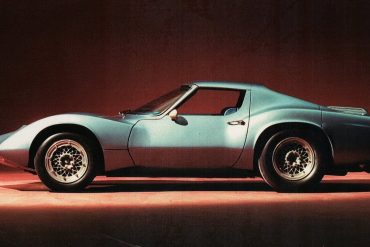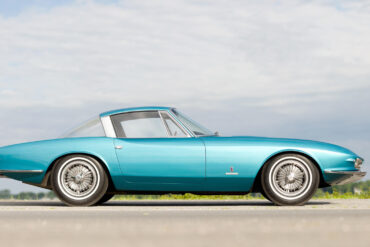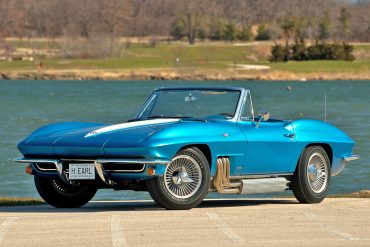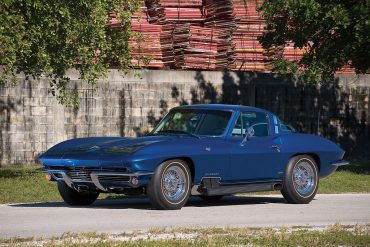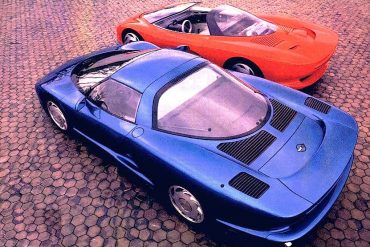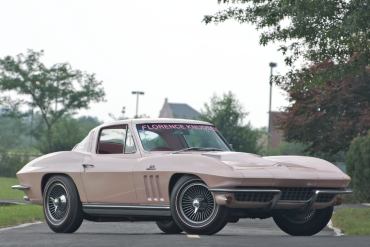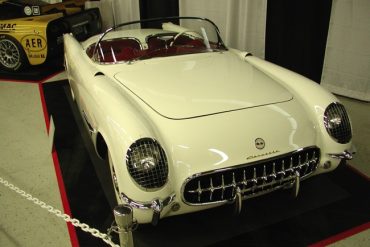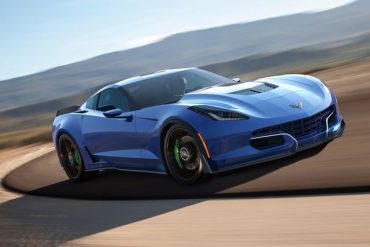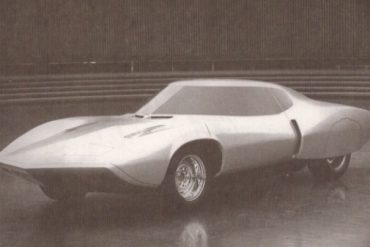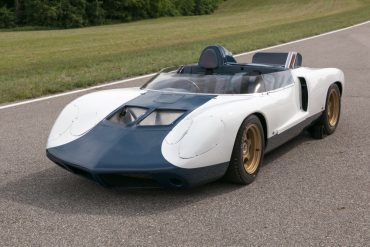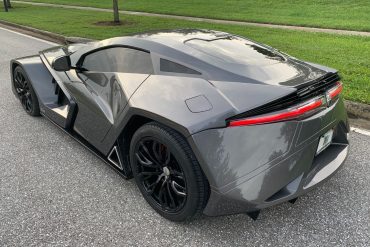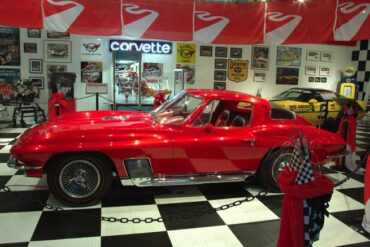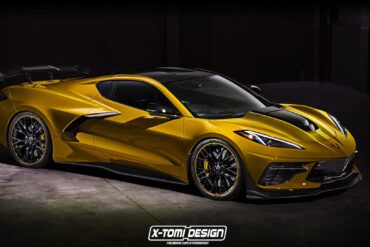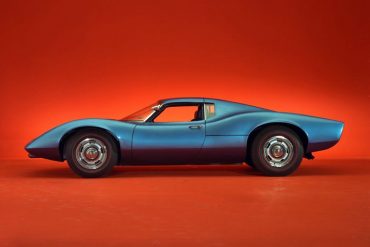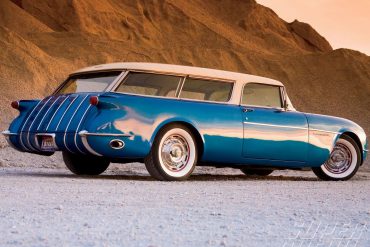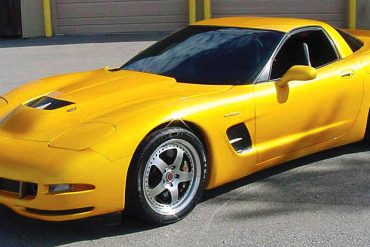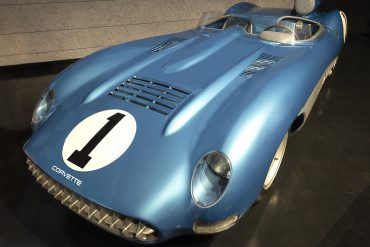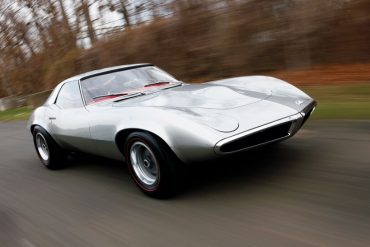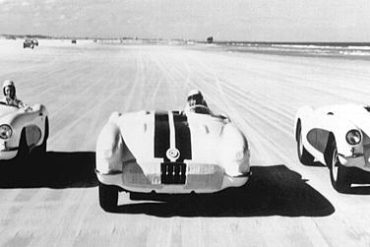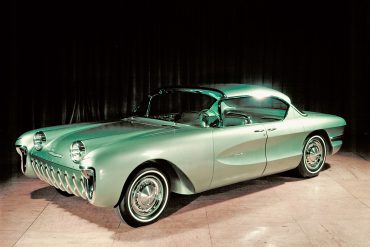FOR SALE: The Original 1957 Corvette Super Sport Show Car! In the past, we’ve showcased some rare “for sale” Corvettes...
Chevrolet Corvette Coupé, 1957, by Ghia Aigle. Designed by Giovanni Michellotti a one-off built on a ‘54 Corvette chassis by Carozzeria Ghia in Switzerland. The Ghia Corvette was powered by a Blue Flame 6 in-line engine with a 4-speed manual gearbox
The most innovative of the Bob McDorman Collection’s GM Styling Corvettes is this Blue Metallic one-off enjoyed by GM Styling legend Bill Mitchell. The unique paint is accented with a custom made die cast front grille and matching dual front fender vents. A willing 327 CI engine gave this gem all the performance the boss could have asked for...
The Future of Corvette – A Look Ahead at What’s Next The second decade of the twenty-first century has been...
The Corvette built for 'Bunkie' Knudsen is a 1963 Chevrolet Corvette styling car known as the "Bunkie" Knudsen Corvette, built for Chevrolet general manager Semon E. "Bunkie" Knudsen. Finished in Rose Pearl with a full-length White racing stripe, it is outwardly distinguished by its chromed header-style pipes.
The Corvette team decided to one-up the Viper with four extra cylinders, they decided on one of Ryan Falconer’s stunning, all aluminum, 600-cubic-inch, 683hp, 680 lb-ft V-12 racing engines. The biggest challenge was the fact that the all-aluminum V-12 engine was 8.8-inches longer than the production Corvette engine. So the front end of the ZR-1 would have to be stretched 8 inches. This test car was named Conan, after his raw, beastlike charisma.
This one-off 1961 Vignale Corvette was built for the 1961 Salon de l'Automobile in Paris, France. It was based on a 1960 Corvette chassis and built by Italian coachmaker Carrozzeria Vignale. The body was designed by Gordon Kelly.
The team of designers and engineers responsible for the decades-long evolution of the Corvette have never been known to rest...
The XP-819, developed in the mid-1960s, was an engineering exercise to test a rear engine concept for the Corvette. The body was designed by Larry Shinoda. You can see styling cues in XP-819 that later appeared in Shinoda's famed "Sting Ray" design. A GM marine engine powers the car so the two-speed transaxle would operate properly. The entire chassis, suspension, and steering are custom made components unique to this car.
The Corvette Rondine concept was built by Pinanfarina and introduced at the 1963 Paris Motor Show. The car started life as a 1963 split-window Corvette, which is all the more unusual because Chevrolet introduced the split-window coupe at the same time that Pinanfarina was introducing a custom-built Corvette based on that very same platform.
In 1963 GM Design put together two special Corvettes according to special work orders. The first was delivered fresh to the 1963 Chicago Auto show, while a nearly identical version was gifted to the retired Harley Earl. These Vettes received numerous modifications from GM Design including and a new custom interior and sidepipes.
This one-off Corvette was custom-built by GM Styling under famed design chief Bill Mitchell, especially for the famed industrialist and Indianapolis racing sponsor Ozzie Olson of Olsonite fame. Among its special modifications including custom floor grates that were a trademark feature of the GM Styling specials
Throughout its tenure, the Corvette has been the recipient of numerous redevelopments and reconfigurations. As such, the iconic American sports...
"Bunkie" Knudsen ordered it up in the spring of 1964 for his wife, Florence. This car is as much of a gem today as it was when Florence Knudsen first saw it, so says its current owner, Chevy dealer and noted Corvette collector Bob McDorman. It had custom Pink Pearl paint and custom pink leather interior.
Based on Harley Earl’s Project Opel plaster model, the EX52 / 122 was the original concept car that inspired the nation and left countless consumers wanting a Corvette to call their own. This Corvette concept was introduced at GM’s Motorama in January 1953.
Genovation Cars unveiled an electric Corvette with more power under its hood than a Dodge Challenger Hellcat. They call their car the Genovation GXE, and it is an EV (electric vehicle) variant of the seventh-generation Corvette. The company decided that they would replace the factory LT1 engine found in all base-model C7 Corvettes with a pair of electric motors that, when working in conjunction with each other, provide over 800 horsepower and 700 pound-feet of torque.
To clothe the 1965 mid engine Corvette chassis, the designers at Styling Staff proposed a much more radical shape than Zora Arkus Duntov, the main force behind a mid engine Corvette, had in mind. It would have provided rear vision solely through a periscope. The design had bold air intakes at the rear and a split windscreen that lifted up with the gullwing doors.
The CERV II was entirely Zora’s car. The CERV II was conceived early in 1962 and developed over the next year, after the GS program was squashed. The car was built under Zora's direction between 1963-'64. Zora had it in mind to develop a separate line of racing Corvettes but the idea got terminated by management.
The Vetter Slash, a Corvette-Based Concept Car Although every generation of Corvette has its own, dedicated group of devout enthusiasts/owners,...
For the 1964 New York World's Fair, Bill Mitchell and his Styling team at the Tech Center customized a production Sting Ray under Shop Order #10361 with a variety of items that transformed the already impressive Corvette into a showpiece like no other. An opening was cut into the center of the car's hood exposing a polished fuel injection manifold with the Corvette crossed flags in its very center.
Chevrolet’s C8 Corvette has been a blockbuster hit since its release. So much so, that it’s tough to get your...
Those who are familiar with the history of the Corvette, and Chevrolet in general, know that it is filled with...
Carl Renner was responsible for the Nomad which was essentially a Corvette built with an extended station wagon roof. This meant the Corvette shared its lightweight fiberglass body, ‘Blue Flame’ inline-6 engine and curvaceous styling with the Nomad.
Chevrolet Corvette “Tiger Shark” Concept, 1997. A C5 Corvette powered by an alloy 742hp LS1 427ci supercharged V8. Other modifications included upgraded Brembo brakes, 18-inch Kinesis Motorsport K58 forged wheels and a hood dome to clear the supercharger. It was built by Detroit prototype shop Wheel-To-Wheel and sold for $112,200 in 2009 at the GM Heritage car auction.
To commemorate the launch of the definitive book on "Corvette Concept Cars," we proudly present our picks of the ten greatest Corvette concepts of all time!
When first introduced to the world by Pontiac in 1964, the car showed so much promise that Chevrolet (allegedly) put a swift end to its development to prevent its production from hindering the sales of the Corvette. Afterall, with the introduction of the 1963 Split-Window Corvette, Chevy was finally seeing an increase in sales, something lacking for most of the first-gen.
Duntov started off with a ‘54 Corvette as his test mule. He knew that accomplishing his goal would require two things: more power and improved aerodynamics. First, he removed the stock windshield and built a small windscreen. A tonneau cover was then added to the passenger side, and a fairing with a long fin was added to the rear deck behind the driver’s head.
GM’s 1950s Motorama-mobiles were mostly pretty out-there, with flamboyant fins, rocket-inspired skegs and cockpits, and other flights of wild imagination. Frankly, many of them were a bit absurd and even childish. But there were a few that were somewhat down to earth, even rather brilliant, like this 1955 Chevrolet Biscayne.
No More Content


